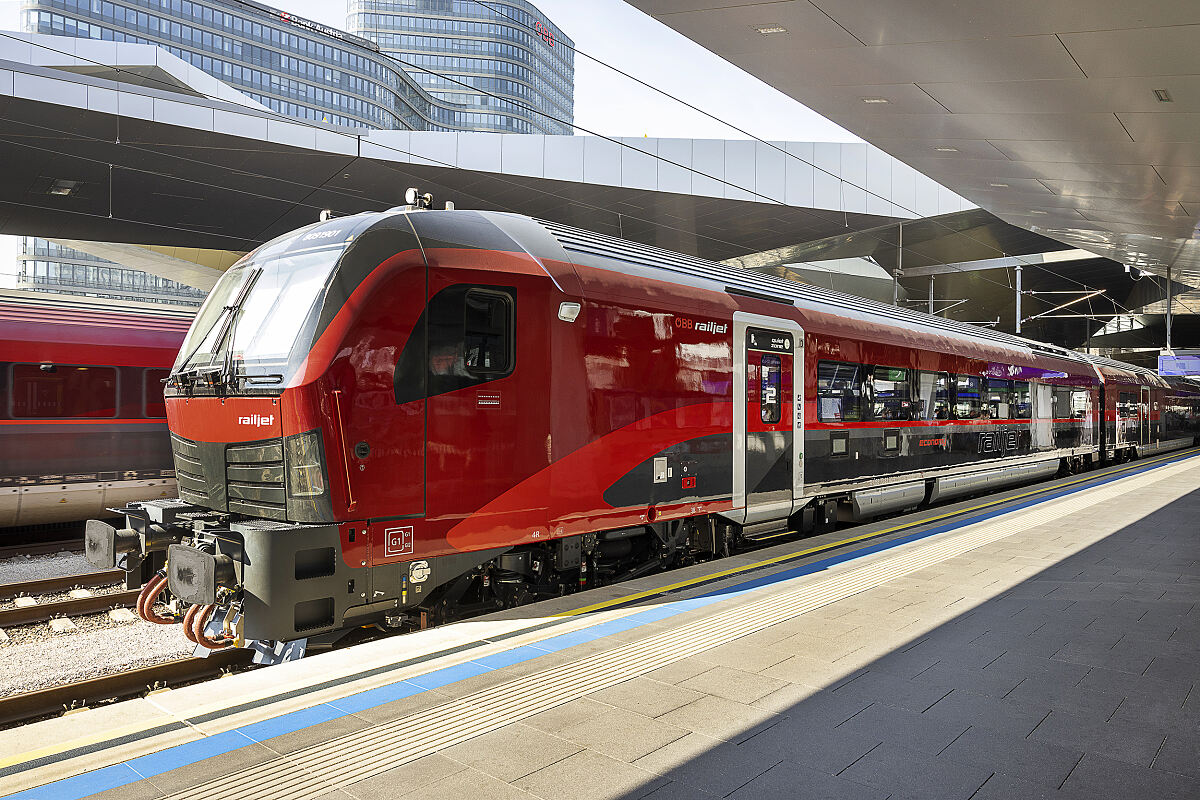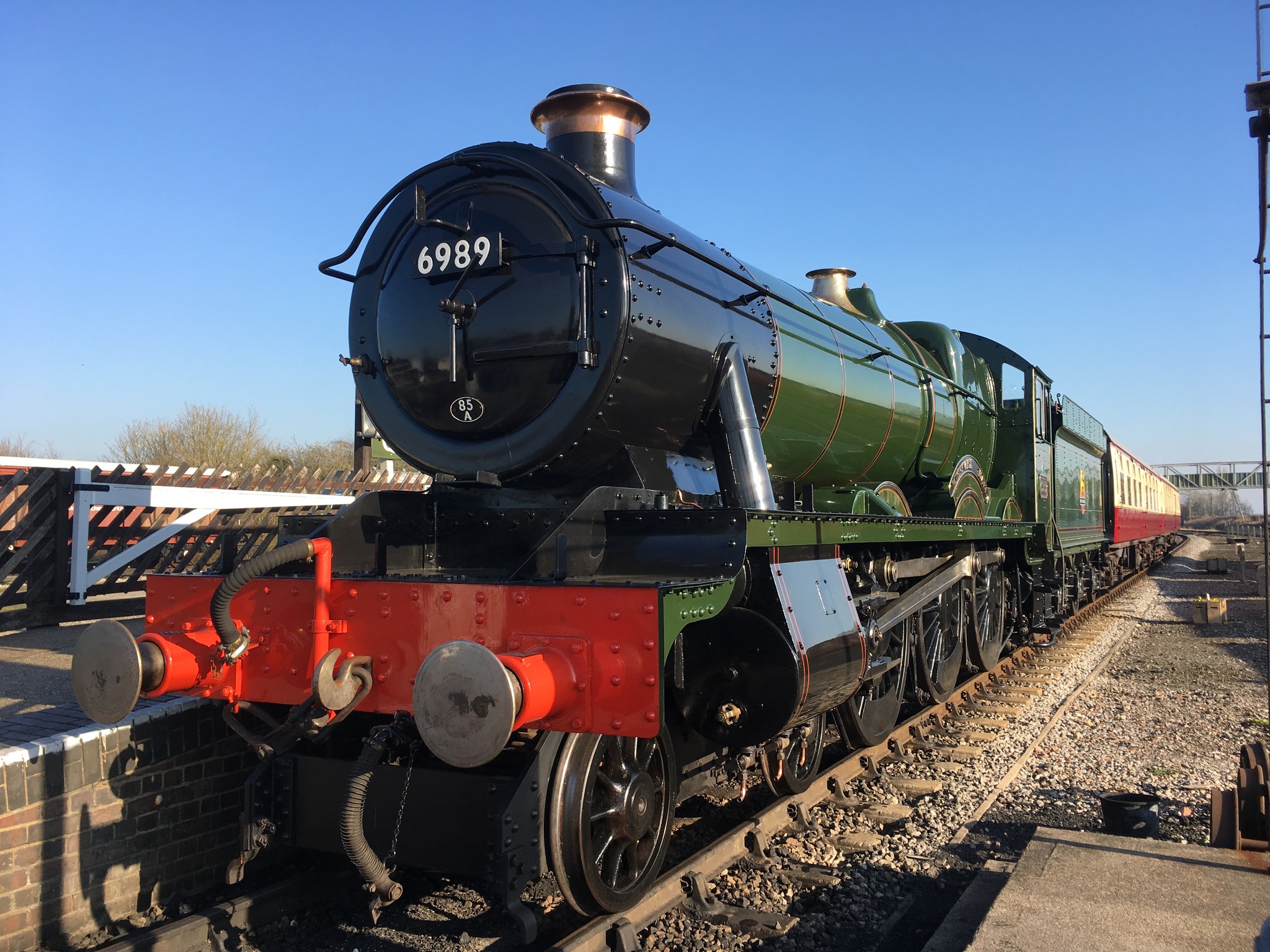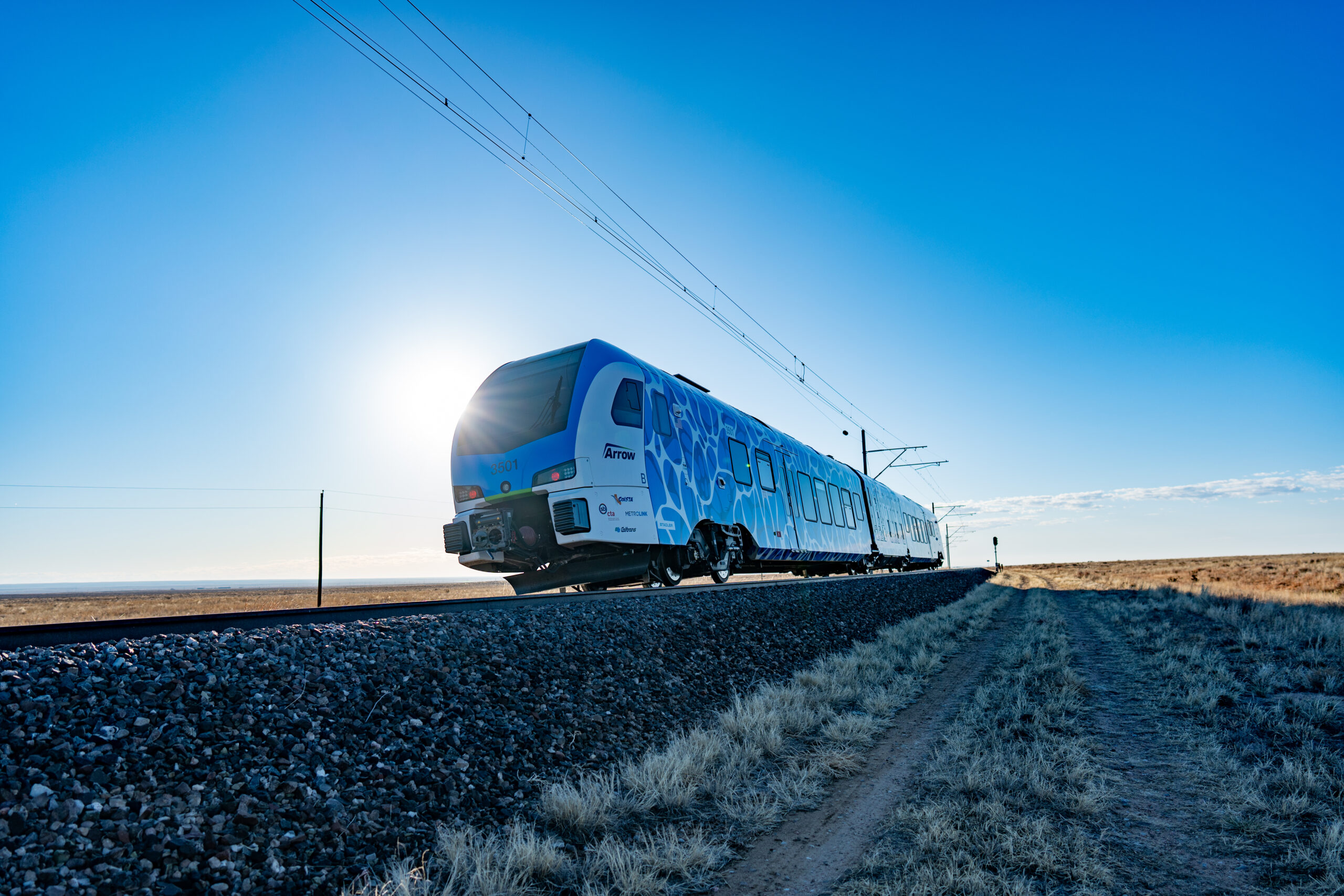How Much Road Space Do Cars Take?
This simulation in PTV Vissim and PTV Viswalk shows how 200 people cross the line of a signal head in different modes. There are 133 cars to take account for the typical occupation of cars, 10 busses, since there are typically (arguably) 20 passengers in a bus in an urban setting, 5 trams assuming an average of 40 passengers, and of course 200 cyclists and 200 pedestrians. All lanes are 3.5 m wide.
Space
At the moment when the signal turns green the 133 cars require 1030 m to align in front of the signal. This makes up for a person (!) line density of 0.19 persons per meter or an area density of 0.055 persons / square meter (18 sqm per person). The busses go with a fraction of this: 134 m, which means 1.49 persons / meter or 0.43 persons / square meter (2.3 sqm per person). For the trams this is very similar: 197 m (1.01 persons / meter or 0.29 persons / square meter, resp. 3.4 sqm / person). For the cyclists 115 m are required (1.74 persons / meter or 0.50 persons / square meter). As expected pedestrians require the fewest space: they spread over 27.6 m (7.2 persons / meter or 2.07 persons / square meter).
Time
The two public transport variants pass the signal line first after 31 s (busses) and 32 s (trams). They are soon followed by pedestrians (38 s). It takes almost 2 m for the last cyclist to cross the line and more than 4 min before the last car does so.




